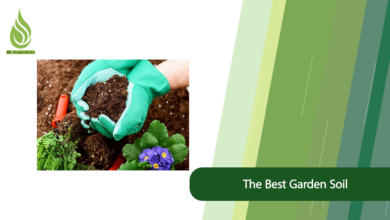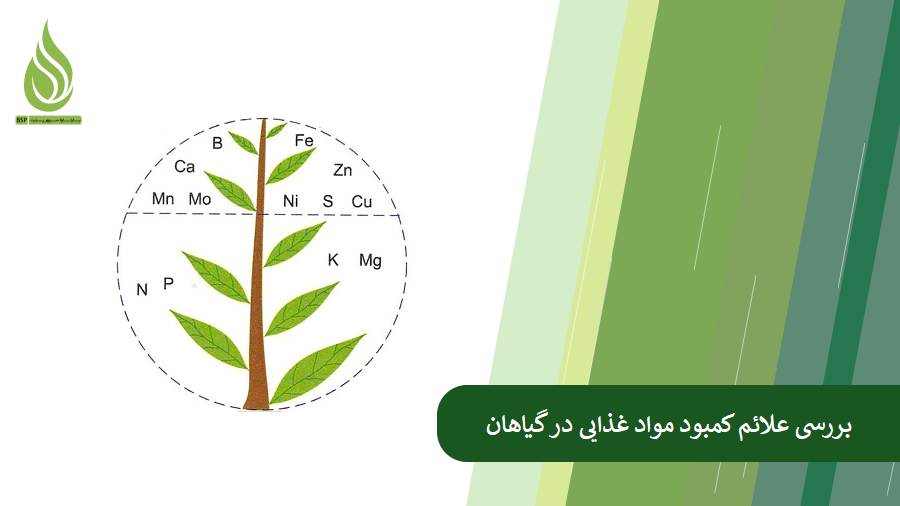
What Are the Signs of Nutrient Deficiency in Plants?
In the world of farming and gardening, understanding the nutritional needs of plants is very important. Each nutrient plays a crucial role in the growth and development of plants, and a deficiency in any of them can seriously affect the health of the plants.
In this article, we will explore the signs of various types of nutrient deficiency in plants, covering both micronutrients and macronutrients. Recognizing these deficiencies helps gardeners and farmers take timely action to protect their plants from harm and ensure they thrive.
The Importance of Nutrients in Plant Growth
Nutrients play a crucial role in the growth and development of plants, often referred to as the “fuel” for plants. These nutrients can be divided into two main categories: macronutrients and micronutrients.
Macronutrients, such as nitrogen, phosphorus, and potassium, are needed in larger amounts by plants. On the other hand, micronutrients include elements like iron, zinc, and copper, which are required in smaller quantities but are still very important.
These nutrients not only help with the growth of roots, stems, and leaves but also affect the production of fruits and seeds. Nutrients are naturally found in the soil, but sometimes, various factors such as improper watering, lack of crop rotation, and changes in soil acidity can lead to deficiency.
When a plant lacks any of these nutrients, it shows specific symptoms that can ultimately impact its quality and performance. For example, a nitrogen deficiency can cause leaves to turn yellow, while a phosphorus deficiency can reduce the plant’s ability to reproduce. Therefore, understanding a plant’s nutritional needs and providing those nutrients is essential for successful farming and gardening.
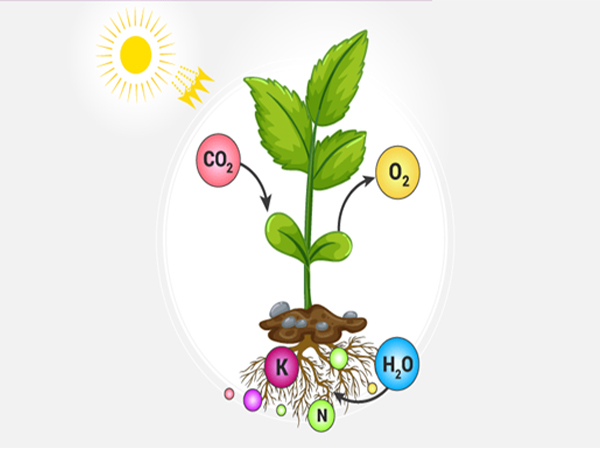
Signs of Macronutrient Deficiency in Plants
Nitrogen
Nitrogen is one of the essential elements that plants need for growth and development. A lack of nitrogen can have serious negative effects on plant health. Here are the main signs and symptoms of nitrogen deficiency:
- Yellowing Leaves: The yellowing usually starts with the older leaves and spreads to the younger ones.
- Reduced Growth: Plants may grow more slowly.
- Smaller Leaves and Fewer Leaves: You might notice that the leaves are smaller and there are fewer of them.
- Poor Fruit and Seed Production: This can lead to a decrease in the quality of the crops.
- Burnt Tips on Leaves: The tips of the leaves may appear scorched.
- Delayed Flowering and Flower Drop: This can negatively impact the plant’s ability to reproduce.
Recognizing these signs of nitrogen deficiency can help gardeners and farmers take timely action to improve conditions for healthy plant growth. Providing enough nitrogen through the use of appropriate fertilizers and proper soil management can enhance the performance and quality of agricultural products. One example of a nitrogen-rich fertilizer is crystal ammonium sulfate, which can help resolve nitrogen deficiency in the soil and plants. This fertilizer can be applied along with irrigation or through a technique called drill hole, helping plants grow better during the growing season.
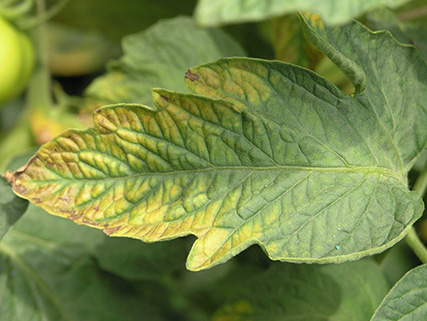
Potassium
Potassium plays a crucial role in regulating the physiological and metabolic processes in plants. It also helps prevent pests from affecting trees. However, a potassium deficiency can have serious negative effects on plant health. Here are some common signs and symptoms of potassium deficiency:
- Weak and Thin Stems: Plants may become more prone to breaking and damage.
- Shortened Stems and Branches: You might notice that stems and branches are shorter than usual.
- Gray-Green Leaves: The color of the leaves may change to a grayish green.
- Leaf Edge Burn: This condition starts at the edges of the leaves and gradually moves inward.
- Leaf Curling: Leaves may curl downwards.
- Delayed Growth: This is especially noticeable during seed germination and root development.
- Immature Fruit on Trees: Fruits may not fully mature on fruit trees.
- Thickened Fruit Skin: The skin of the fruit may become excessively thick.
- Fewer Clusters and Drying Seeds in Grains: You could see a decrease in the number of clusters and seeds drying out in grain crops.
By recognizing these signs of potassium deficiency, farmers and gardeners can take timely action to improve conditions for healthy plant growtا.
Phosphorus
Phosphorus plays a key role in metabolic processes and energy production in plants. When plants and trees lack phosphorus, they show several signs and symptoms, including:
- Color Changes in Leaves: The leaves may turn purple or red.
- Yellowing Veins: The veins of the leaves can become yellow.
- Stunted Growth: Plants may appear thin and weak.
- Reduced Flowering and Fewer Fruits: There may be a decline in the number of flowers and fruits produced.
- Delayed Flowering and Germination: The timing of flowering and seed sprouting may be slowed down.
- Deformed Produce: The crops may not develop properly.
Ensuring that plants have enough phosphorus and maintaining the right soil pH can improve the performance and quality of agricultural products. To provide the necessary phosphorus for plants, you can use fertilizers that contain phosphorus, such as diammonium phosphate, NPK, and other phosphate fertilizers.
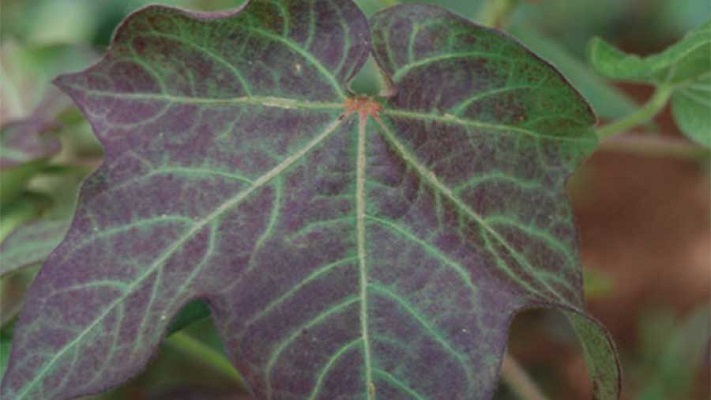
Magnesium
Magnesium is an essential element for plants, playing a key role in protein synthesis and chlorophyll formation. A magnesium deficiency can have significant negative effects on plant health, including:
- Reduced Growth and Yield: Plants may not grow as well or produce as many fruits.
- Chlorosis and Necrosis: Yellowing and browning at the edges of leaves and between the veins may occur.
- Leaf Drop: Lower leaves tend to fall off sooner.
- Pointed and Spoon-Shaped Leaves: The shape of the leaves may change.
- Decreased Fruit and Seed Production: There may be fewer fruits and seeds.
- Reduced Seed Weight in Grains: The weight of seeds in grain crops may decrease.
Sulfur
Sulfur is another crucial macronutrient for plants. It is often used to reduce soil alkalinity, particularly in salty and alkaline soils. High soil salinity can make it difficult for plants to absorb nitrogen and other nutrients, so it’s important to address salinity issues promptly. Signs that a plant needs sulfur include:
- Pale and Uniform Yellowing: The overall color of the plant may fade.
- Light Green Leaves: The plant may have bright green leaves.
- Yellowing of Younger Leaves: The younger leaves may turn yellow.
- Burnt Spots and Browning on Leaves: You might see brown spots appearing on the leaves.
- General Stunted Growth: The plant may grow more slowly.
- Reduced Fruit and Seed Production: There may be fewer fruits and seeds produced.
- Delayed Flowering: The timing of flowering may be affected.
Calcium
Calcium is also an essential element for the growth and development of plants. It plays an important role in building cell walls and in metabolic processes. Signs of calcium deficiency include:
- Yellowing of Young Leaves: Young leaves may turn yellow and growth may be stunted.
- Problems with Fruit Formation: There might be issues with how fruit develops.
- Diseases like Fruit Rot: Plants may become susceptible to diseases.
- Weak and Brittle Stems and Leaves: Stems and leaves may become fragile.
- Thin and Weak Roots: The roots may not be strong.
- Brown Spots and Leaf Burn: You may see brown spots and burning at the edges of leaves.
- Reduced Quality and Shelf Life of Fruits and Vegetables: The quality and longevity of produce may suffer.
- Leaf Curling Downwards: Leaves may curl downward.
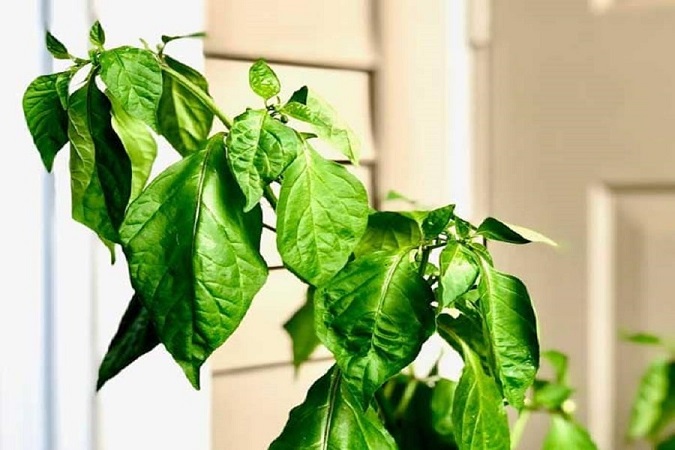
Signs of Micronutrient Deficiency in Plants
Micronutrients are essential nutrients that plants need in smaller amounts to stay healthy. They play key roles in various metabolic processes, growth, and reproduction. When plants lack these micronutrients, they may show specific signs of deficiency:
- Iron: Iron is important for chlorophyll synthesis and photosynthesis. A lack of iron can cause leaves to turn yellow and reduce the plant’s ability to photosynthesize, ultimately leading to lower yields and decreased product quality.
- Zinc: Zinc is involved in protein metabolism and hormone production. A deficiency in zinc can result in stunted growth and a decrease in fruit and seed production.
- Copper: Copper plays a role in protein synthesis and iron absorption. When there is not enough copper, leaves may yellow and burn, leading to reduced plant growth and lower product quality.
- Manganese: Manganese is crucial for photosynthesis and nitrogen metabolism. A deficiency can cause yellowing between the veins of leaves, dead spots, and stunted growth.
- Boron: Boron is important for bud and flower development and the transport of sugars. A lack of boron can lead to flower drop, loss of terminal buds, twig dieback, and decreased fruit quality.
- Molybdenum: This element is involved in nitrogen metabolism. A deficiency can cause the lower leaves of the plant to yellow and reduce overall plant performance.
Each micronutrient plays a vital role in plant health and growth. However, deficiency in some micronutrients, such as iron, zinc, and boron, can have more severe negative effects on plants. Identifying and managing micronutrient deficiency can help farmers and gardeners improve crop yield and quality. Ensuring adequate micronutrients can be achieved through the use of appropriate fertilizers and effective soil management.
How to Prevent Nutrient Deficiency in Plants
All essential micronutrients and macronutrients are naturally present in the soil. However, for plants to absorb these nutrients through their roots, certain conditions must be met. Factors such as watering methods, soil pH, crop rotation, soil moisture, temperature, and several other elements affect nutrient absorption.
Sometimes, soil can become deficient in nutrients due to factors like soil leaching, where nutrients are washed away. In such cases, it’s important to replenish these nutrients through fertilization to ensure healthy plant growth. Here are some steps you can take to prevent nutrient deficiency in your plants:
- Soil Testing: Before planting, test your soil to determine its nutrient levels and control soil pH. By understanding the specific needs of your soil, you can develop appropriate fertilization plans.
- Use Organic Matter: Incorporate compost and other organic materials into the soil. These substances improve soil quality and provide essential nutrients for plants.
- Fertilize with Mineral Fertilizers: Establish a regular fertilization schedule that matches the type of plant and its growth stage. Consistently providing nutrients helps optimize growth and prevent deficiency. You can also use balanced fertilizers, which help meet the nutritional needs of plants and prevent nutrient shortages.
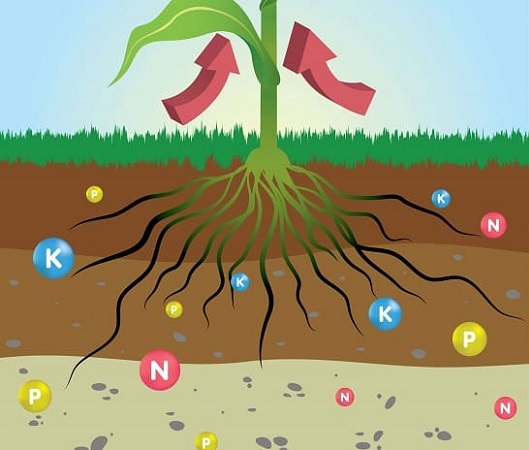
- Irrigation Management: Water is essential for helping plants absorb nutrients from the soil and prevents plant stress. It’s important to consider regular and appropriate watering practices.
- Crop Rotation: Planting different crops in the same area at different times can improve soil structure, reduce pests and diseases, and prevent nutrient shortages.
- Pest and Disease Control: Timely management of pests and diseases helps protect plants from damage and keeps nutrients intact.
- Soil Protection: Use proper methods to maintain soil moisture and prevent erosion.
By implementing these practices, you can avoid nutrient deficiencies in your plants and create optimal conditions for their growth and development. Not only do these actions improve the quality and yield of agricultural products, but they also help maintain soil health and contribute to a healthier environment.
Key Points on Nutrient Deficiency Management in Plants
- Some signs of nutrient deficiency in plants can look very similar, so it’s a good idea to conduct a soil test to accurately identify the type of deficiency.
- Both mineral and organic fertilizers should be applied according to the plants’ needs. Over-fertilizing can harm both the soil and the plants and may even lead to plant death. Always pay attention to the fertilizer application instructions.
- Soil pH has a significant impact on nutrient absorption. If the pH is too high or too low, it should be checked and adjusted as needed before other actions are taken.
- Proper watering can enhance nutrient absorption, while either overwatering or underwatering can negatively affect how well nutrients are taken up.
- Planting a variety of crops and using crop rotation can help improve soil quality and increase nutrient levels.
- Nitrogen, phosphorus, and iron are often the nutrients that are most likely to become deficient compared to others.
